This article explains how to connect Dataedo to Elasticsearch and import metadata - indexes and fields.
Add new connection
To connect to Elasticsearch 7 instance create new documentation by clicking Add and choosing Database connection.

Connection details
On the Add documentation screen choose Elasticsearch.
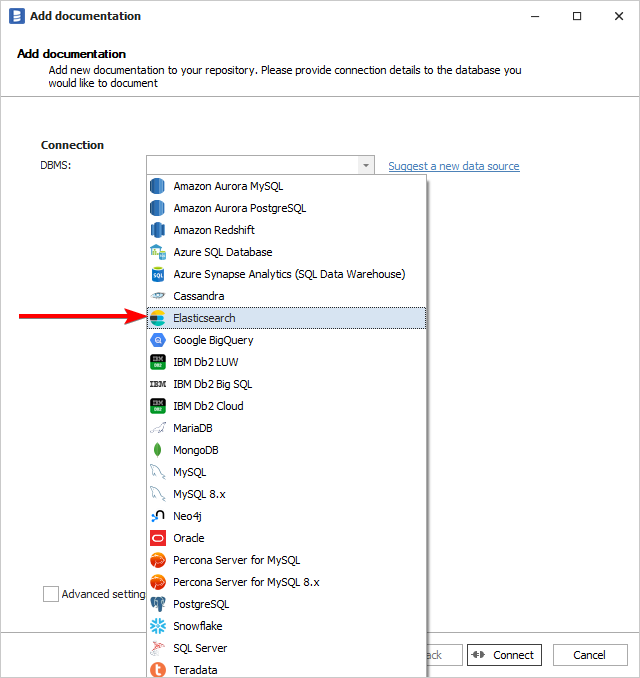
Provide database connection details:
- Host - provide a host name or address where a database is on. E.g. http://server17, http://server17.ourdomain.com or http://192.168.0.37.
- Port - port on which your database is available. Do not change it unless you are sure that it is not default 9200.
- User and password - if authentication is required for connection, provide your username and password. Both fields are optional.

Saving password
You can save password for later connections by checking Save password option. Password are saved in the repository database.
Importing indexes
When connection was successful Dataedo will read objects and show a list of objects found. You can choose which objects to import. You can also use advanced filter to narrow down list of objects.
Confirm list of objects to import by clicking Next.
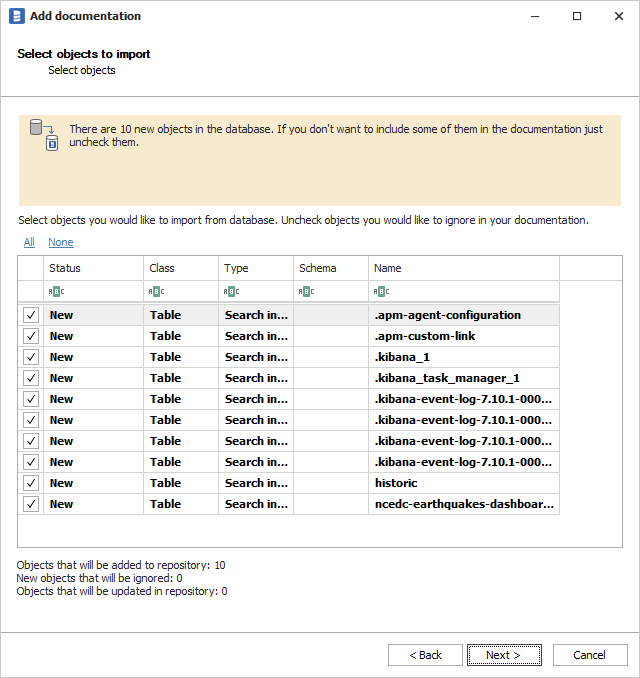
Next screen allow you to change name of the documentation under which it will be visible in Dataedo repository.
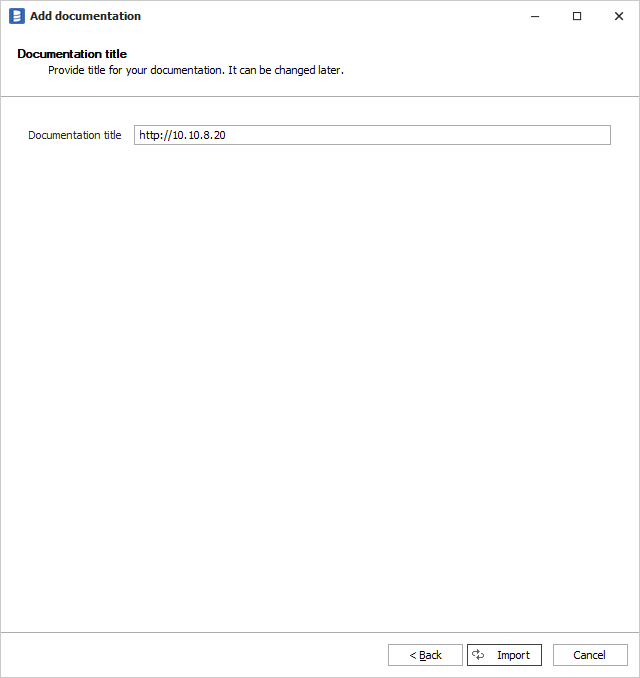
Click Import to start the import.
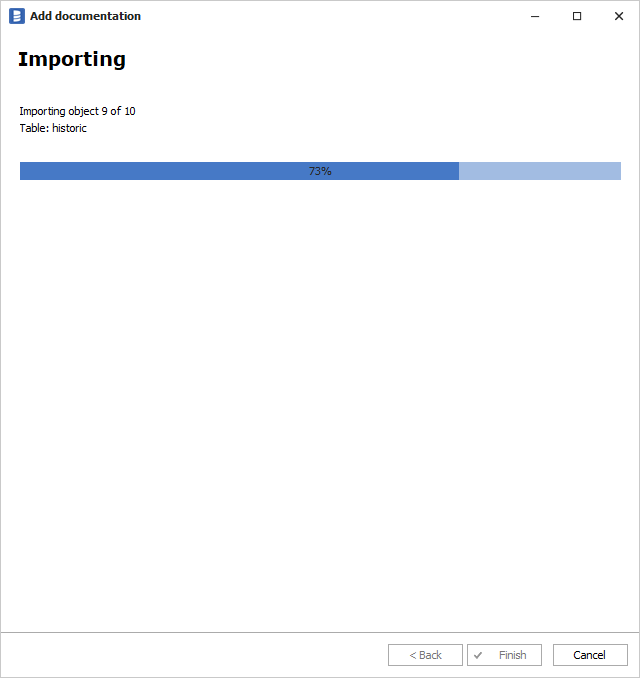
When done close import window with Finish button.
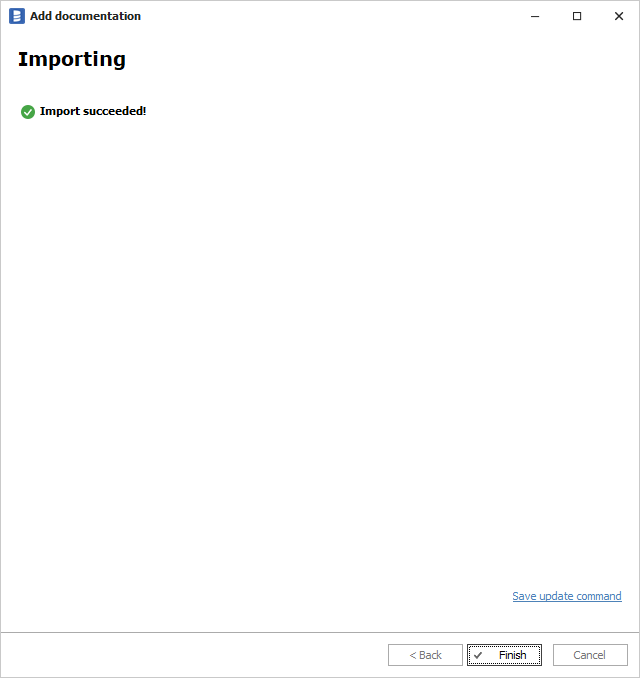
Output
Your Elasticsearch metadata has been imported to new documentation in the repository.












 Szymon Karpęcki
Szymon Karpęcki